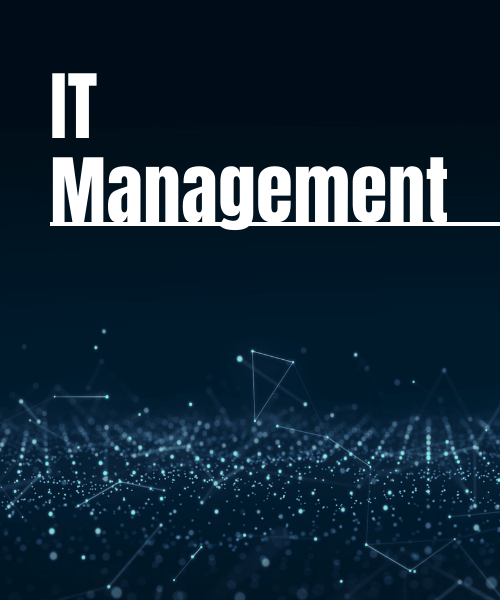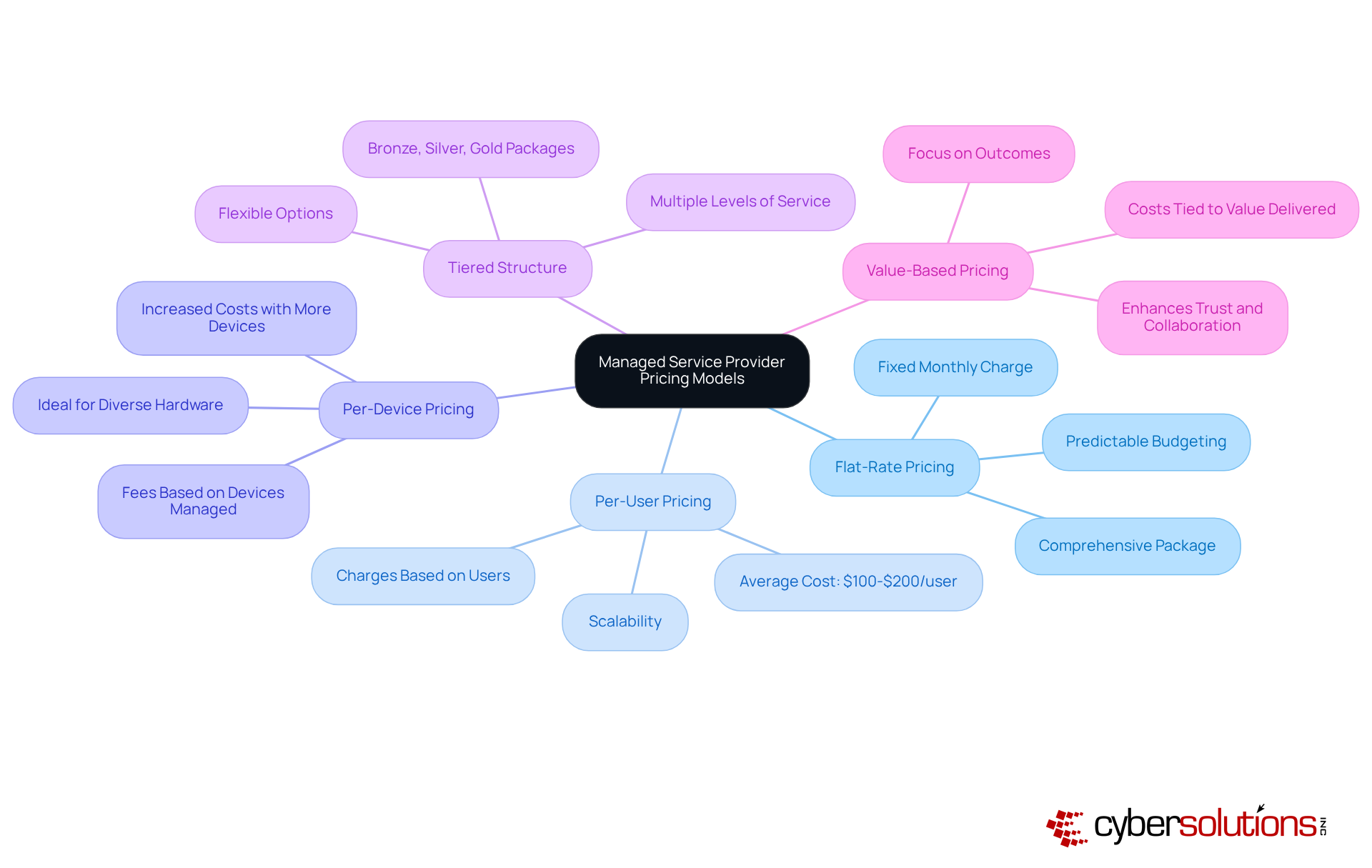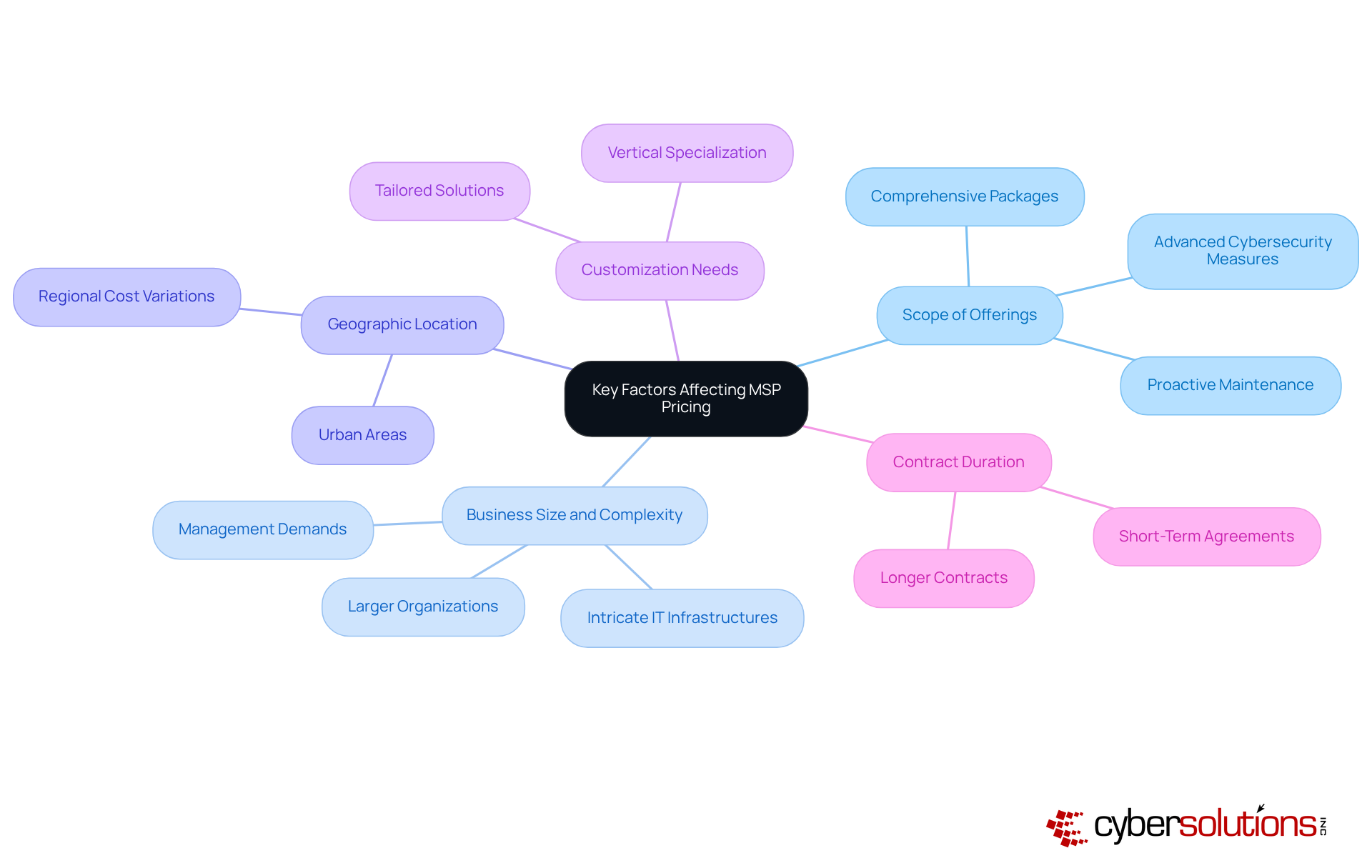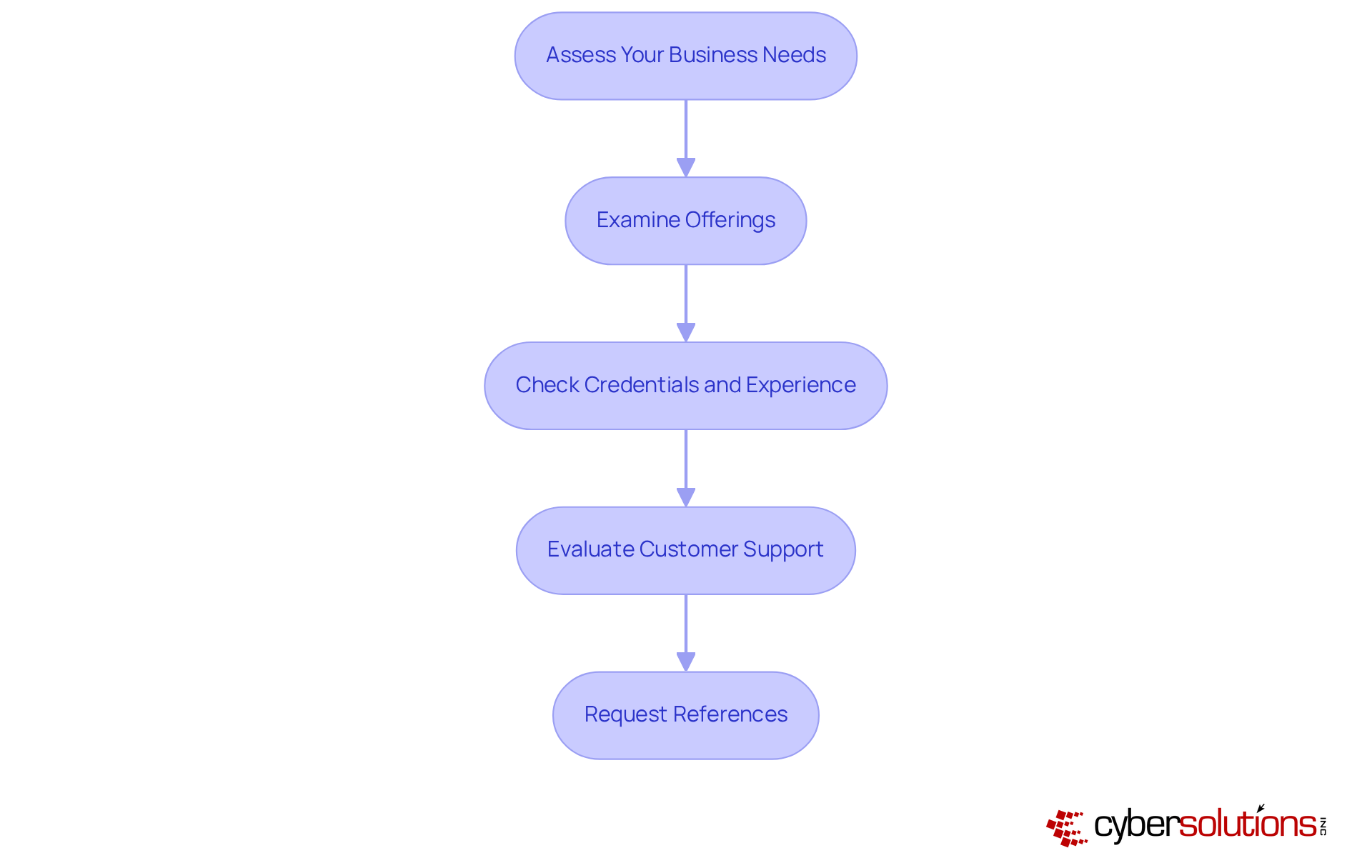
The article delineates the diverse pricing models utilized by Managed Service Providers (MSPs) and elucidates how C-suite leaders can adeptly navigate these options to align IT investments with overarching business objectives. It underscores pivotal pricing structures, including:
Furthermore, it addresses critical factors influencing costs, empowering leaders to make informed decisions and negotiate effective contracts tailored to their organizational needs.
Navigating the intricate landscape of Managed Service Provider (MSP) pricing presents a formidable challenge for C-suite leaders, particularly as organizations increasingly depend on technology to achieve their business objectives. This guide provides an in-depth exploration of diverse pricing models, including flat-rate and value-based pricing, empowering leaders with the insights necessary to optimize their IT investments. However, with a multitude of options at their disposal, how can executives ensure they choose the pricing structure that best aligns with their distinct operational needs and financial strategies?
Managed Service Providers (MSPs) employ a variety of cost models, referred to as managed service provider pricing, to effectively meet diverse organizational needs and financial strategies. Understanding these models is crucial for leaders aiming to align their IT investments with their business objectives. Key models include:
By comprehending these cost structures, leaders can more effectively evaluate which managed service provider pricing model aligns with their organizational objectives and financial strategies, ensuring they maximize the value of their managed IT solutions.

Several critical factors significantly influence the pricing of Managed Service Providers (MSPs):
By comprehending these elements, leaders can efficiently negotiate contracts and plan their IT budgets with managed service provider pricing in mind, ensuring alignment with their organization's distinct requirements and operational objectives.

When evaluating , it is essential to adopt a systematic approach to ensure the best fit for your organization.
Assess Your Business Needs: Begin by clearly defining your organization's specific IT and cybersecurity requirements. This foundational step is crucial to guarantee that potential MSP offerings align with your operational goals and risk management strategies.
Examine Offerings: Investigate the comprehensive range of solutions each MSP provides. Ensure they can effectively address both your current needs and future growth, particularly in critical areas such as managed service provider pricing, cloud solutions, cybersecurity measures, and compliance support.
Check Credentials and Experience: Verify the MSP's certifications, partnerships, and their history of managing environments similar to yours. A proven track record in your sector significantly mitigates risks associated with service delivery.
Evaluate Customer Support: Assess the quality and availability of customer support. Seek out responsiveness, support level agreements (SLAs), and the overall assistance framework to ensure that your organization receives prompt help when necessary.
Request References: Engage with current or past clients to gather insights into their experiences. This feedback can provide invaluable perspectives on the MSP's performance and reliability.
By adhering to these steps, leaders can select an MSP that not only meets their technical requirements but also aligns with their organizational culture and strategic objectives.

To negotiate contracts with managed service provider pricing effectively is paramount for ensuring successful business partnerships. Begin by understanding the terms. Familiarize yourself with essential contract components, including:
This foundational knowledge is crucial for navigating your obligations and rights within the agreement. Next, define the scope clearly. Ensure the contract explicitly outlines the offerings provided, including any limitations or exclusions. A well-defined scope helps prevent misunderstandings and sets clear expectations.
Furthermore, negotiate performance metrics. Discuss and agree on specific performance metrics that will be used to evaluate the MSP's effectiveness. Establishing measurable outcomes fosters accountability and ensures alignment with your business objectives. Additionally, consider the flexibility of managed service provider pricing. Look for clauses that permit alterations in services or managed service provider pricing as your business requirements change. Flexibility in the contract can accommodate growth and changes in your operational landscape.
Finally, seek a legal review. Have legal counsel review the contract to ensure that all terms are fair and protect your organization's interests. A thorough legal examination can identify potential pitfalls and safeguard against unfavorable conditions. By approaching contract negotiations with a clear understanding of your needs and the terms involved, leaders can secure agreements that foster successful partnerships with their MSPs. Understanding the during discussions can help find common ground and improve the relationship. Aligning with industry best practices can lead to significant reductions in IT issues and security vulnerabilities, further emphasizing the importance of effective negotiations.

Understanding managed service provider pricing is not merely beneficial; it is essential for C-suite leaders who seek to align their IT expenditures with strategic business goals. By exploring various pricing models—such as flat-rate, per-user, per-device, tiered structures, and value-based pricing—organizations can navigate their options more effectively and select a model that aligns with their unique needs.
Key factors influencing managed service provider pricing include:
Each of these elements plays a critical role in determining costs and must be carefully considered during the evaluation and selection process. Moreover, a systematic approach to assessing potential MSPs—by analyzing their offerings, credentials, customer support, and references—ensures a well-informed decision.
Ultimately, the ability to negotiate contracts effectively is vital for establishing successful partnerships with managed service providers. By understanding contract terms and advocating for flexibility along with clear performance metrics, leaders can secure agreements that not only protect their interests but also foster collaboration and innovation. Emphasizing these strategies empowers organizations to maximize their IT investments and drive business success in an increasingly complex digital landscape.
What are managed service provider (MSP) pricing models?
MSP pricing models are various cost structures that Managed Service Providers use to meet different organizational needs and financial strategies. Understanding these models helps leaders align their IT investments with business objectives.
What is flat-rate pricing in MSP models?
Flat-rate pricing involves a fixed monthly charge for a specified range of services, allowing for predictable budgeting and minimizing unforeseen expenses. It simplifies financial planning by covering everything from email licenses to advanced cybersecurity.
How does per-user pricing work?
Per-user pricing charges organizations based on the number of users, making it beneficial for those with fluctuating staff levels. This model allows for straightforward billing and scalability, with average costs typically ranging from $100 to $200 per user per month.
What is per-device pricing?
Per-device pricing imposes fees based on the number of devices managed by the MSP. This model is ideal for businesses with diverse hardware but can lead to increased expenses as the number of devices rises.
Can you explain the tiered pricing structure?
The tiered pricing structure offers various levels of assistance at different cost points, allowing clients to choose packages that fit their requirements. Typical levels include bronze, silver, and gold, each providing escalating degrees of support.
What is value-based pricing in MSPs?
Value-based pricing ties costs to the tangible value delivered to clients, often linked to specific outcomes or performance metrics. This model fosters a results-driven partnership between the MSP and the client, enhancing trust and promoting long-term collaboration.
Why is it important to understand MSP pricing models?
Understanding MSP pricing models enables leaders to evaluate which model aligns with their organizational objectives and financial strategies, ensuring they maximize the value of their managed IT solutions.